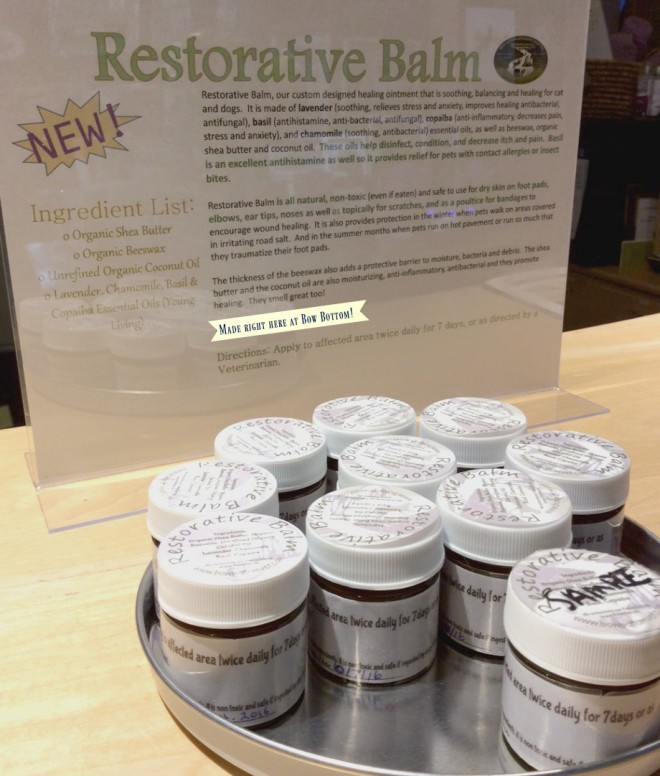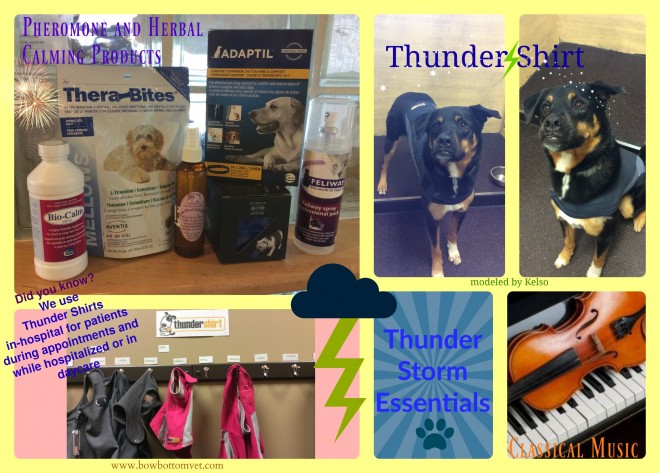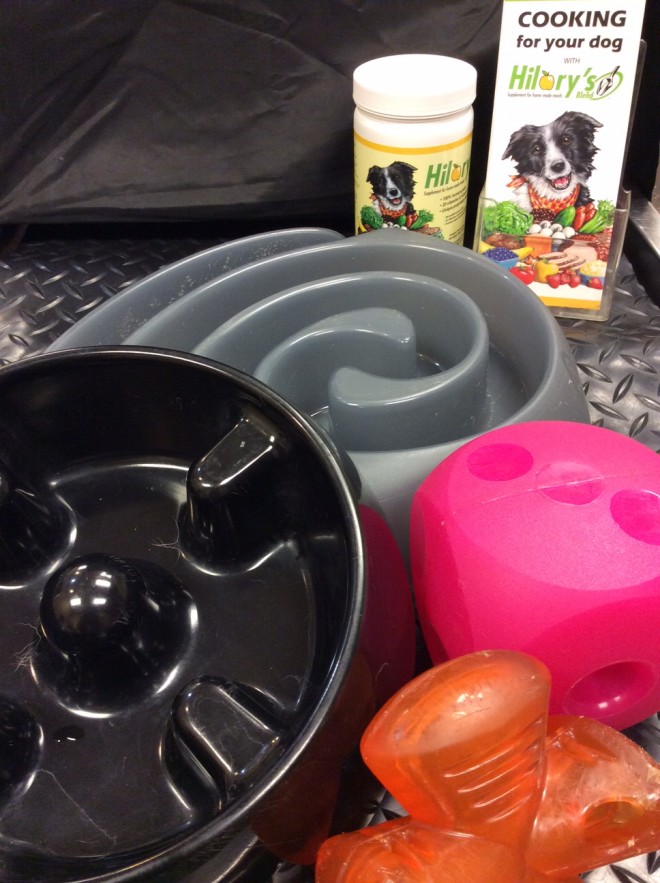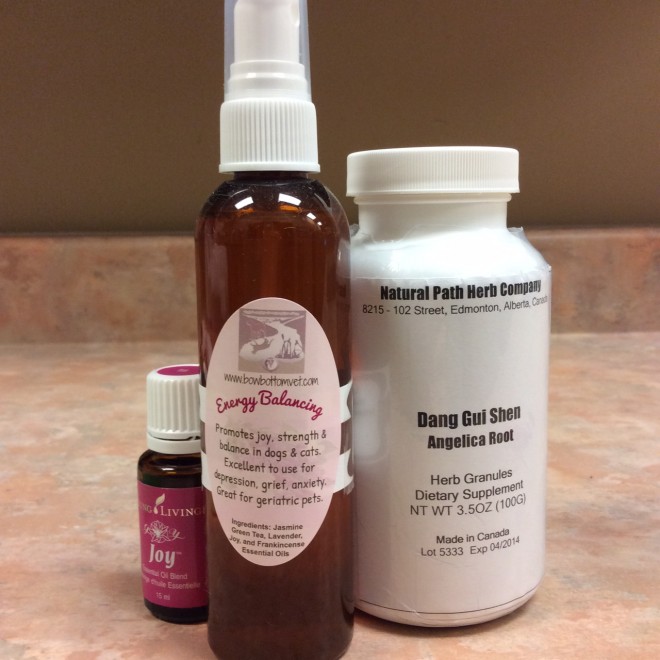Progressive Retinal Atrophy in Cats
Dr Julie Schell BSc(Hons), DVM, CVA, CVCHM, CVC
After the death of my 13.5 year old Lilac Point Siamese cat this past August I was devastated. He died of symptoms related to his chronic Feline Asthma. God rest his soul.
I had purchased Sir Percy as a 3 month old kitten from a breeder. It was the best and worst decision I ever made. It was the best decision because I immediately fell in love with Sir Percy, and was loved back, and was able to learn how to improve the comfort and longevity of cats with Feline Asthma and I will forever be grateful for all that Sir Percy taught me and gave to me. But it was the worst decision I ever made because I suspected that as soon as I met him that he would be ill. Ill because the environment he lived in was heavily infused with cigarette smoke. Sir Percy’s breeders were chronic chain smokers. One of them had to carry their own oxygen behind them due to severe cigarette-related emphysema. The air in their home was thick with smoke, and the walls were yellowed from the toxins. I remember the horrible smell to this day. Throughout her pregnancy, Sir Percy’s mother was subjected to these toxins, as well as her mother, and her grandmother. In Chinese medicine, we believe that disease affecting the patient often has been a result of environmental or mental trauma up to seven generations before them. In other words, whatever affects our great, great, great, great, great grandmother or grandfather affects us. Since many of our grandparents lived through the Great Depression, we are affected by them. We have to work hard to not only stay healthy, but prevent illnesses related from the traumas our ancestors suffered. We owe it to our descendants to stay as healthy as possible, so that they will be healthier than we were.
As many cat lovers can understand, it is very sad and lonely to live without a cat. Even if you have two or five dogs and a bird! Thus, I started searching hard to find who I feel is the best Siamese Cat breeder in Canada. With much research, I found one who I am completely happy with. She works hard to try to produce the healthiest kittens. She focuses on testing her cats and kittens for as many genetic diseases as possible, and strives to produce healthy, balanced, loving, well rounded cats and kittens. She gives her cats and kittens love and a healthy, non-smoking house to live and helps educate the new parents to provide the best life for their new family member. She is supportive and kind, and her work is a labor of love.
We discussed the importance of screening for genetic disease called Progressive Retinal Atrophy (PRA), which causes blindness in cats and dogs. I had my future kittens screened for this test, and am so happy my breeder was open to this and had been doing it routinely on her kittens for years. All good breeders should be screening their adults for PRA gene before breeding. If the cat or dog is a carrier, they should not breed that animal. It is important to work towards preventing genetic illnesses that are preventable. Especially now that the genome of dogs and cats has been effectively mapped.
I have added a link below that discusses PRA in detail.
Before you purchase a puppy or kitten from a breeder you should definitely inquire about genetic testing and if they are a breed at risk for PRA, for sure ask your veterinarian to screen the kitten or puppy before purchase. For more information contact www.bowbottomvet.com
Also, be sure to enroll your new baby with pet health insurance. That will give you freedom to treat illnesses that they may develop with the vast financial resources that the insurance company can provide. Check out www.trupanion.ca
This is the website and the article is attached below:
https://www.vgl.ucdavis.edu/services/cat/pra.php
Progressive Retinal Atrophy in Felines
Introduction
In Abyssinian, Somali and some Ocicat breeds, an inherited late-onset blindness condition has been identified and is characterized by progressive degeneration of the photoreceptors (rods and cones) in the retina. This disease has been designated “rdAc”. Cats affected with this form of blindness have normal vision at birth, with degeneration first detected by electroretinographic (ERG) exam at about seven months of age. Vision loss progresses slowly and is variable, with most cats becoming blind by usually 3-5 years of age. There is no treatment available for the condition. This is an autosomal recessive condition, thus the disease is not associated with gender and two copies of the mutation are required for the cats to lose their vision. Carriers, cats that have one copy of the mutation, are not affected and have normal vision.
A single nucleotide mutation in the gene called CEP290 produces a defective protein which is associated with this progressive retinal atrophy (PRA) in the cat. In addition to Abyssinian, Somali and Ocicat, a survey of 43 cat breeds showed presence of the CEP290 mutation in many other breeds including, American Curl, American Wirehair, Bengal, Balinese/Javanese, Colorpoint Shorthair, Cornish Rex, Munchkin, Oriental Shorthair, Peterbald, Siamese, Singapura and Tonkinese. The high frequency of the CEP290 mutation in Siamese (about 33%) and related breeds (Oriental Shorthair, Balinese/Javanese, Colorpoint Shorthair, Peterbald) poses a significant health risk in the Siamese breed group.
A different form of blindness called “rod cone dysplasia”, or “Rdy” has also been identified in Abyssinian and Somali cats. The mutation is a single base pair deletion in a different gene, CRX, which also results in a defective protein that is critical for eye development. Cats carrying one copy of this mutation have retarded development and degeneration of photoreceptor cells, which leads to early-onset blindness by 7 weeks of age. Current information suggests that the “Rdy” mutation is restricted to the Abyssinian and Somali breeds. The “Rdy” mutation is inherited as a dominant trait. Cats that have one or two copies of the mutation will be affected. The Rdy mutation is rare.
To assist owners and breeders in identifying affected and carrier cats, the VGL offers DNA tests for the two mutations known to cause the two different forms of PRA in cats – rdAc (CEP290) and Rdy (CRX). The tests use DNA collected from buccal swabs. Breeders can use these tests as tools to avoid breeding two carriers of rdAc which would produce 25% affected offspring, or to test for the presence of “Rdy” in the CRX gene of suspected affected cats.
Since both forms of blindness are found in the Abyssinian breed, all associated breeds may have a concern for these diseases. The two mutations (rdAc and Rdy) have been tested in a novel form of blindness in the Bengal cat, and both have been excluded from causing the Bengal cat blindness (LA Lyons, personal communication). Since Bengal cats have had Abyssinian breedings in their ancestry, these genetic tests may be warranted in some Bengal lines.
Procedure for collecting a feline DNA sample
Allow 2-6 business days for results.
Results reported as:
| Test Result |
CEP290 PRA-rdAc Status |
| N/N |
Normal, cat does not have rdAc mutation* |
| N/rdAc |
Carrier, cat has one copy of rdAc mutation. Breedings between carriers will be expected to produce 25% affected kittens. |
| rdAc/rdAc |
Affected |
* This test only detects the mutation in the CEP290 gene known to cause PRA in Abyssinian, Somali, Ocicat and other breeds mentioned above.
| Test Result |
CRX PRA-Rdy Status |
| N/N |
Normal, cat does not have Rdy mutation** |
| N/Rdy |
Affected, cat has one copy of the Rdy mutation. This cat will produce affected kittens 50% of the time when bred to a normal cat, or 75% of the time when bred to another cat with one copy of the Rdy mutation. |
| Rdy/Rdy |
Affected, cat will always produce affected kittens. |
** This test only detects the mutation in the CRX gene known to cause PRA in Abyssinian and Somali breeds.
References:
Menotti-Raymond M, David VA, Schäffer AA, Stephens R, Wells D, Kumar-Singh R, O’Brien SJ, Narfström K. Mutation in CEP290 discovered for cat model of human retinal degeneration. J. Hered. 2007 May-Jun; 98(3):211-20. Epub 2007 May 16. PubMed PMID: 17507457.
Menotti-Raymond M, Deckman KH, David V, Myrkalo J, O’Brien SJ, Narfström K. Mutation discovered in a feline model of human congenital retinal blinding disease. Invest Ophthalmol Vis Sci. 2010 Jun; 51(6):2852-9. Epub 2010 Jan 6. PubMed PMID: 20053974.
Menotti-Raymond M, David VA, Pflueger S, Roelke ME, Kehler J, O’Brien SJ, Narfström K. Widespread retinal degenerative disease mutation (rdAc) discovered among a large number of popular cat breeds. Vet J. 2009 Sep 9. [Epub ahead of print] PubMed PMID: 19747862.






